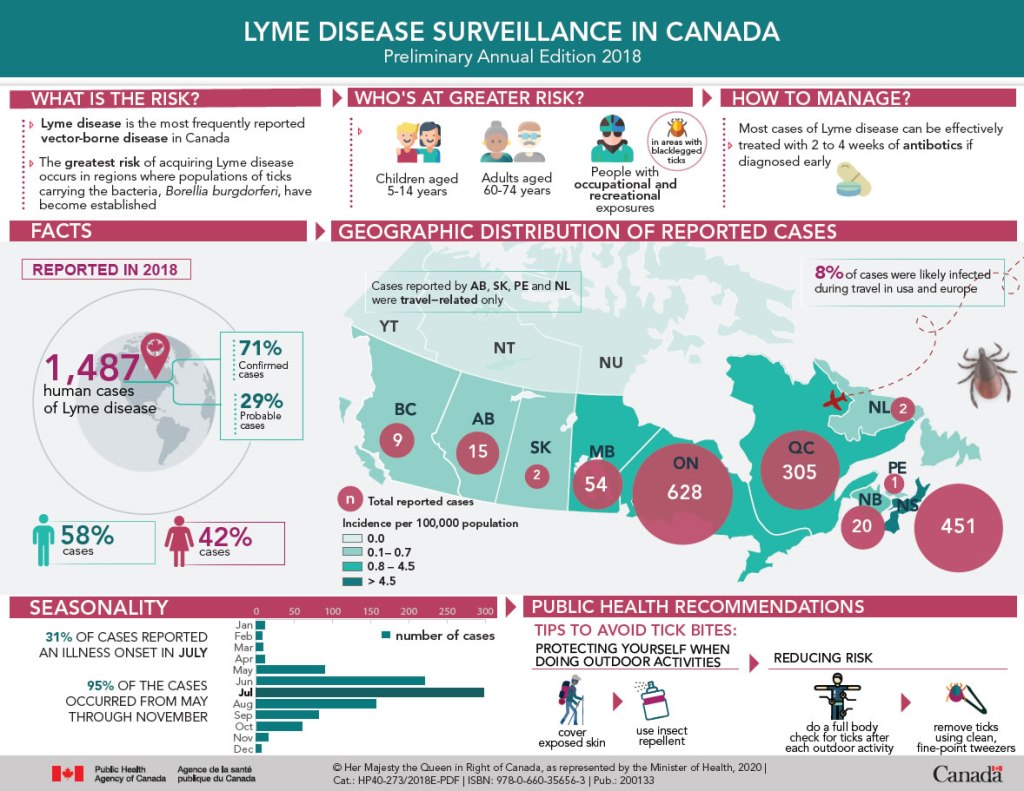Heatwaves are getting hotter and longer.
Both day and night average temperatures during heatwaves are projected to rise almost everywhere across the country.
Heatwaves are also expected to last longer. The definition of heatwave (for most provinces, but not all) used to be three or more consecutive days with temperatures 32°C or higher. Over the next 30 years, the number of extremely hot days in a year is expected to more than double in some parts of Canada.
Vulnerable People
Older people and people with underlying health conditions are particularly vulnerable to heat illnesses.
A Neighbours Helping Neighbours support system can save lives.
Heatwave graph for Canadian cities

Wildfire Air Quality
Wildfire season typically runs from early April to late October. Smoke from wildfires can be a major source of toxic air pollutants. This pollution contains fine particles (not visible to the human eye) that penetrate deep into our lungs and bloodstream, sometimes leading to serious health effects.
Preparedness Strategies
- Pay attention to extreme heat warnings.
- Limit the amount of time you spend outdoors.
- If you don’t have access to air conditioning or a cool basement, public buildings such as libraries or cooling shelters offer spaces that can be used to cool down.
- When outdoor activities are unavoidable, try to schedule them for earlier or later in the day when it’s cooler. Take frequent breaks.
- Drink plenty of water to keep hydrated. Limit alcohol.
- Wearing lightweight and lightly coloured clothing along with a hat and sunscreen reduces your exposure to the sun’s rays and allows your body to breathe.
- Look out for neighbours and people in your community who may need help protecting themselves. Check in and make sure everyone is safe.
- Check your emergency kit and plan.
Public Health Impacts
Heat is a silent killer. In 2018 the Montreal heatwave killed 66 people.
Advocates want to name heatwaves like hurricanes to raise awareness of their dangers, and to save lives.
Heat makes dirty city air worse.
High temperatures “bake” vehicle exhaust, turning it into harmful surface-level ozone and smog. Heat makes pre-existing heart and lung problems worse. Extreme heat can worsen mental health issues such as depression and anxiety. Heat also causes stress that can increase aggressive behaviour.
As water levels in lakes, rivers, and wetlands decrease and flows stagnate, concentrations of toxins and water-borne diseases increase. Many food-borne illnesses, vector-borne diseases such as Lyme, West Nile and fungal diseases also spread more quickly during periods of hot and dry weather. These affects can lead to decreased availability of drinking water, increased rates of human illness and higher risk of food shortages. Food shortages can cause higher food prices.
Wildfires: smoke makes breathing harder.
Vector borne disease
A warmer climate means that insects are moving north into Canada. Two of these carry serious disease that impacts Canadians. Both West Nile virus and Lyme disease can affect populations in urban settings.
Some mosquitos carry West Nile Disease: West Nile Disease has patterns of “boom and bust,” with outbreaks often followed by many years of few human infections.
The blacklegged tick carries Lyme Disease: Lyme disease cases are much more consistent and are increasing each year, driven in part by the range expansion of the tick vectors.
Resources
Government of Canada – Extreme heat: heat waves
Public Health Agency of Canada – Vector borne diseases in Canada
From Fire Smart Canada – Educational programs and resources
From Fire Smart Canada – Toolkit Fire Safety and Social networking with your neighbours (PDF)
ADAPTATIONS: See our Green Space and Social Networking pages.


